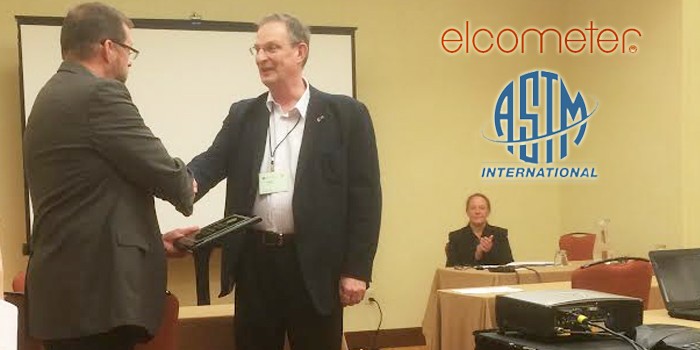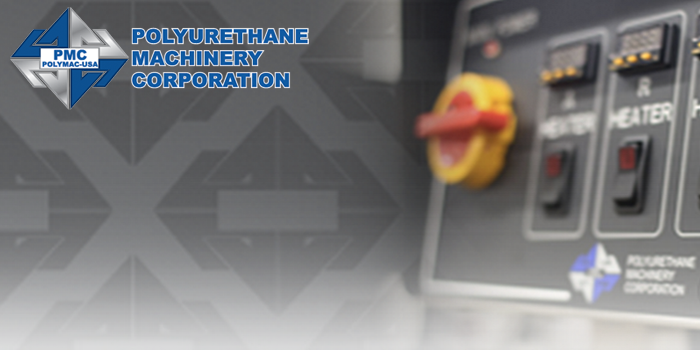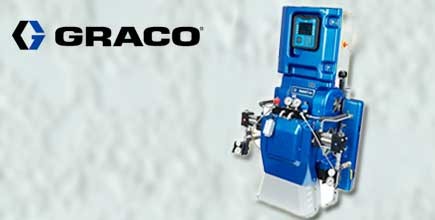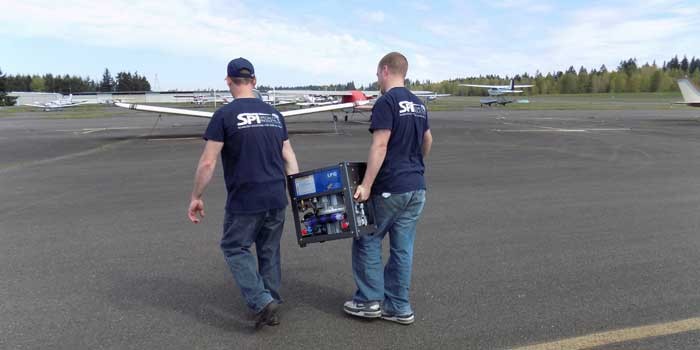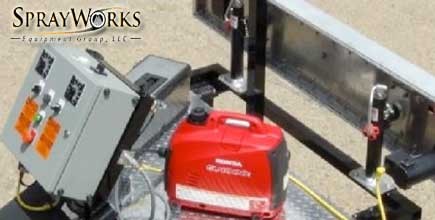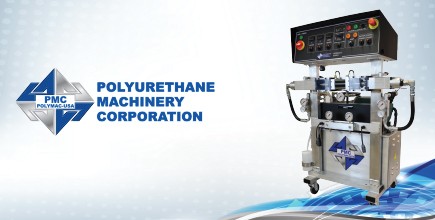Tennessee Chill Box Advocates High-Airflow Respirators for Spray Applicators
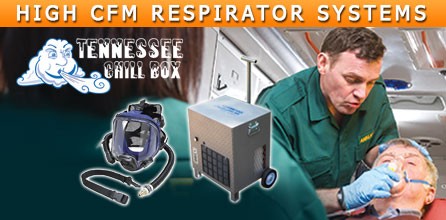
HARRISON, TN–September 7, 2012–There's no question that the supplied air respirators used by spray foam applicators provide quality air. However, Tennessee Chill Box (TCB) poses another question: are those respirators providing spray applicators with enough quality air?
"I believe this is the most critical issue that we need to share and educate the consumer," said Mike Asbra, president of TCB.
His concern stems from the work environment of a spray applicator: performing active, strenuous work while wearing a confined breathing apparatus (such as a hood or mask). While spraying, an applicator's breathing produces carbon dioxide (CO2) that must be evacuated from the hood or mask and replaced with fresh, oxygen-rich air. This ventilation process is managed by a supplied air respirator and, ideally, prevents an applicator from succumbing to the health risks associated with excessive CO2 exposure.
Indeed, the same basic concept applies to any work environment (in office environments, for example, ventilation is managed by an HVAC system) and accordingly, government agencies like the Occupational Safety and Health Administration (OSHA) and the National Institute of Occupational Safety and Health (NIOSH) maintain ventilation standards for worker safety in a variety of environments. These standards are defined in terms of airflow and measured in cubic feet per minute, or CFM.
However, Asbra suggests the current ventilation standards aren't entirely relevant to spray applicators, as they apply to non-strenuous lines of work in open environments. The confined space of a respirator hood concentrates the presence of CO2, which is itself produced at a higher rate due to the strenuous nature of spray applications.
"Here is the bottom line," Asbra explained. "Any applicator using a system under less-than-normal conditions [with regard to the presence of oxygen] is not receiving enough CFM to replace the CO2 that they are discharging into a mask or hood respirator."
The most common supplied air respirators used in the spray foam industry deliver between 5 and 20 CFM per person. These airflow specs adhere to OSHA and NIOSH guidelines, but Asbra maintains this may not be enough flow to handle the CO2 production rate of a spray foam contractor. That is why TCB's Chill Box 8000 goes above and beyond ventilation standards to provide a wealth of oxygen-rich air for spray applicators.
"We offer five times the amount of CFM offered by our competition, and ten times the amount of CFM required by OSHA and NIOSH," Asbra said.
So, as far as TCB is concerned, the Chill Box's performance presents a decision between settling for a respirator that adheres to the status quo and opting for one that exceeds it.
About Tennessee Chill Box: Harrison-based Tennessee Chill Box aims at improving the working conditions and performance of sprayer applicators. The Chill Box was designed to eliminate exhaustion, cramps, fatigue, nausea, dizziness and weakness via condition air, as high attic temperatures contribute to safety concerns and the loss of production and profits. Tennessee Chill Box has an OSHA Authorized Trainer on-site to ensure compliance with all OSHA-referenced standards, regulations and requirements. For more information, please use the contact details provided below.
Disqus website name not provided.



